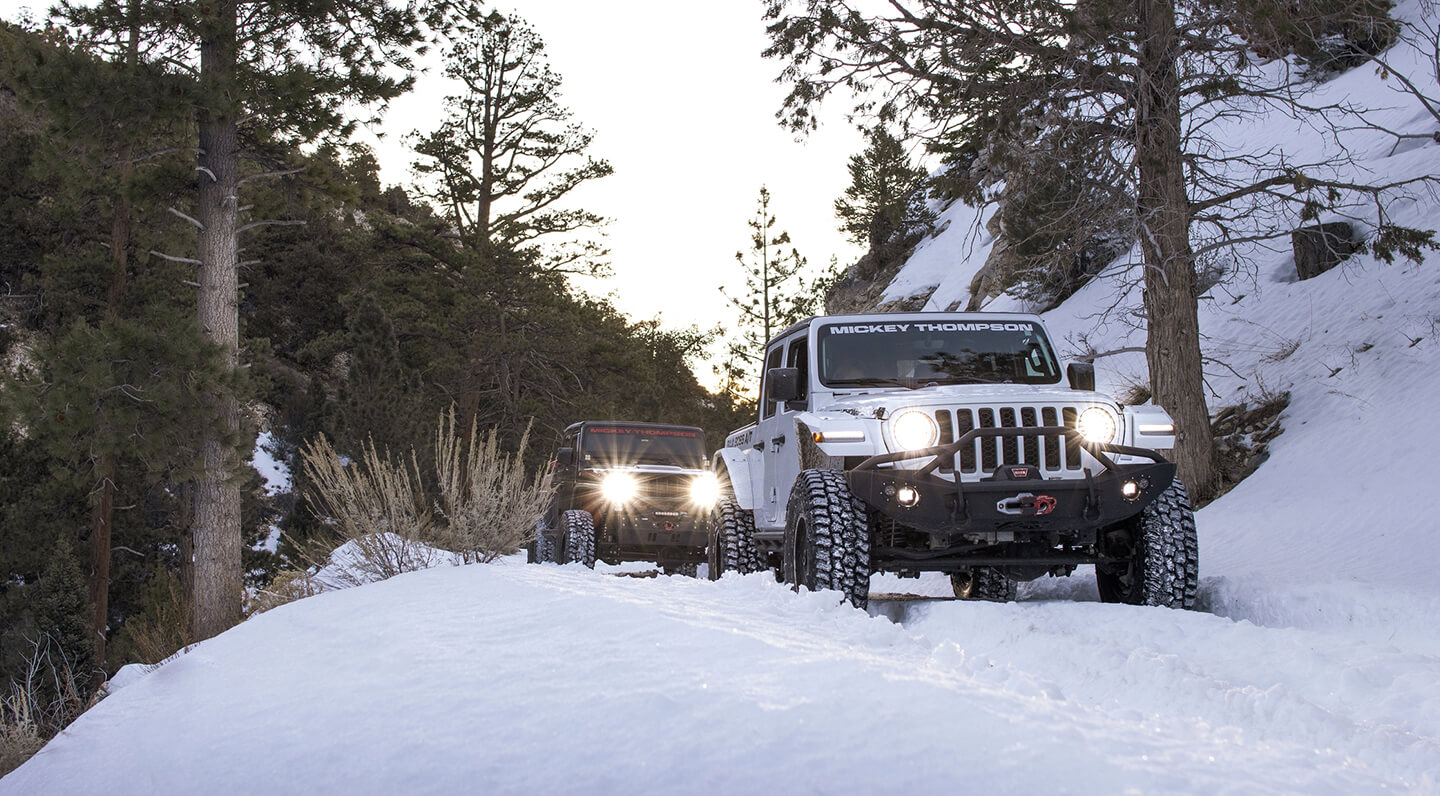
Most people don’t think about their tires until they have a flat or experience very poor handling in bad conditions. The fact is that your tires are the only part of the car that contacts the road and so they are arguably the most important safety feature on your vehicle. They make huge contributions to your handling and stability as well as making the average drive easier, and an extreme drive livable.
The three most common tire types are all-season tires, winter tires, and summer tires. Variations in tread design and rubber composition are the main factors that set each type of tire apart from the others, but what type of tire is best for winter? Learn which type of tire works best in snow.
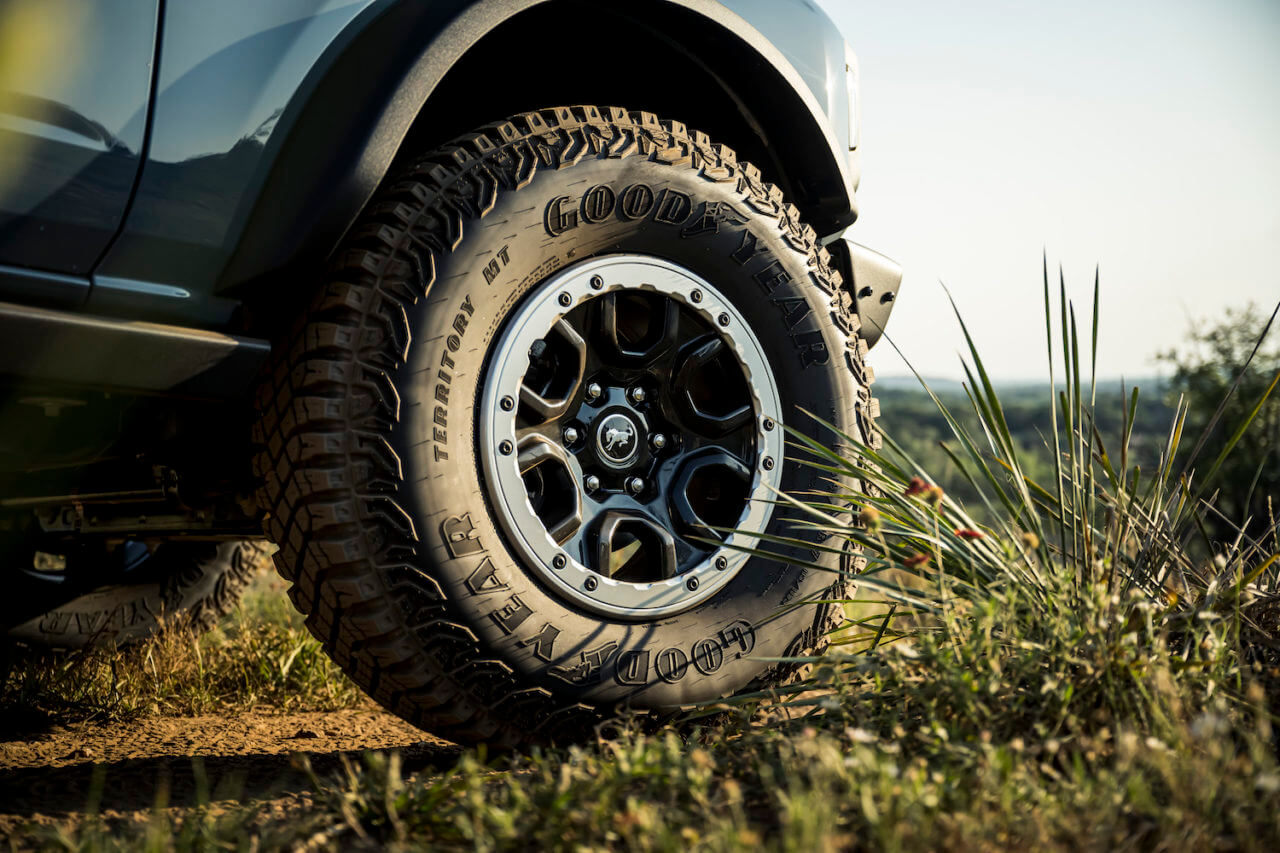
What Are Summer Tires?
You definitely don’t want to use summer tires in the snow, since the properties that make a summer tire effective as a performance tire also make it extremely dangerous in snowy or icy conditions.
Summer tires usually have a rubber compound that allows them to grip pavement tenaciously. But the rubber is designed for warm temperatures, and when temperatures drop below 40 degrees Fahrenheit, the effectiveness of the rubber to grip the pavement begins to degrade. They also tend to have very little tread depth to increase steering feel and improve handling characteristics, but that serves to drastically reduce traction when presented with snow or ice.
Summer tires are typically used on sports cars and when driving a vehicle on a racetrack, but even sports sedan owners in northern climates will tend to avoid them once the weather starts to turn cold in the fall.
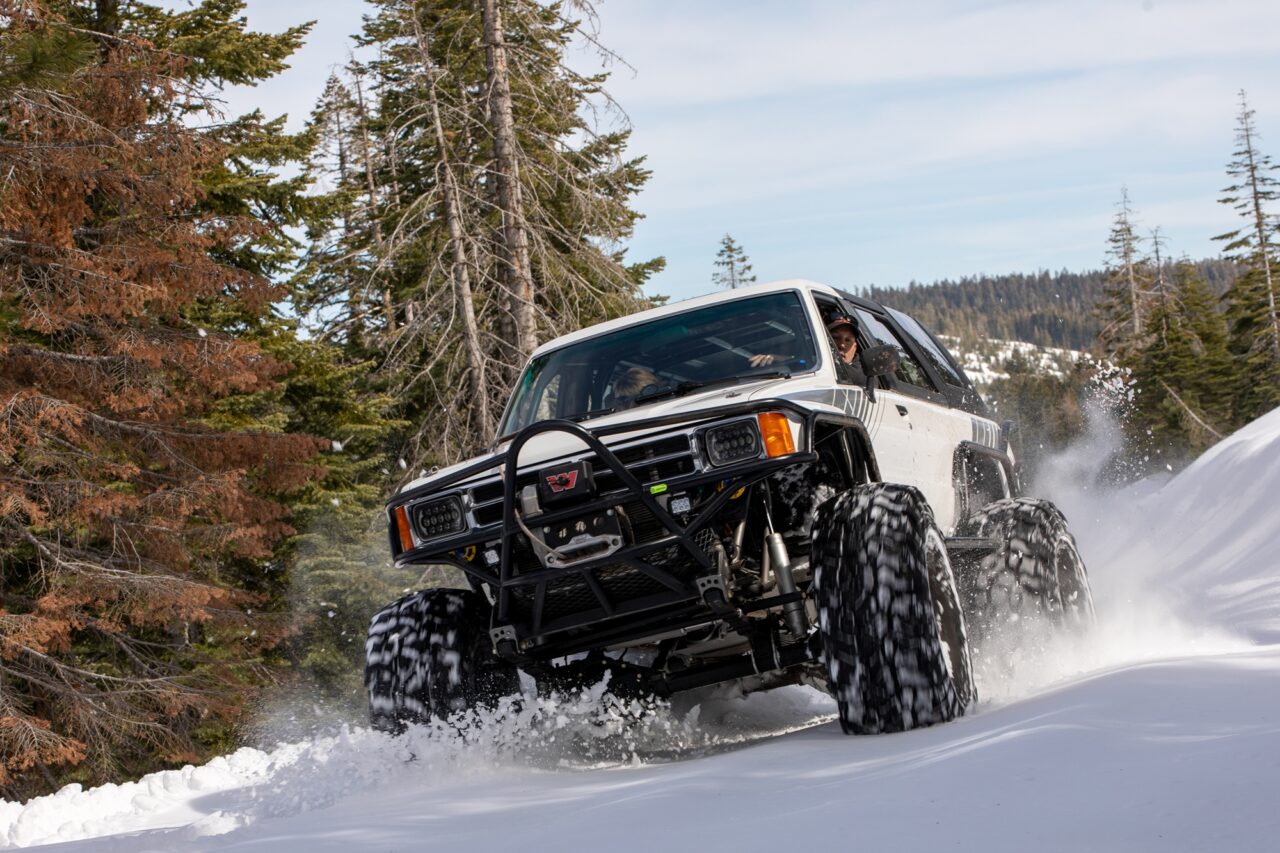
What Are Winter Tires?
Winter tires are designed to be effective when temperatures approach and dip below freezing, and even in brutally cold conditions. They have several design elements that allow them to maintain grip, even under the coldest and snowiest conditions.
- Soft rubber compound: The rubber used in a winter tire is much softer than the composition found in summer or all-season tires. This allows it to remain pliable, even under the coldest temperatures, but one main drawback is that a winter tire used in the summer will wear extremely quickly since the rubber is much softer. It’s for this reason that drivers change from winter tires to all-season or summer tires every spring and fall.
- Tread design: The tread design in a winter tire has deep grooves that allow it to evacuate slush and snow effectively as you drive. Some winter tire designs have a V shape incorporated into the tread, as this enhances traction over snow and slush, but regardless of the shape of the tread block, all winter tires have deep grooves that allow them to dig into snow.
- Tire Sipes: If you look closely at your winter tires, you’ll notice that there are hundreds of tiny, jagged cuts in the tread blocks. These little cuts are called sipes. Sipes increase grip by opening and closing with pressure, squeezing the road surface as the sipes press agains the ground. They also help channel moisture away. Rubber that is in contact with ice can provide traction but driving on ice creates a very thin film of water on top of the ice, and this greatly reduces the traction in icy conditions. Your tire sipes help to moderate this effect and provide consistent grip.
These design elements combine to create a tire that can maintain traction in cold, slippery, and snowy conditions, to a greater extent than a summer tire.
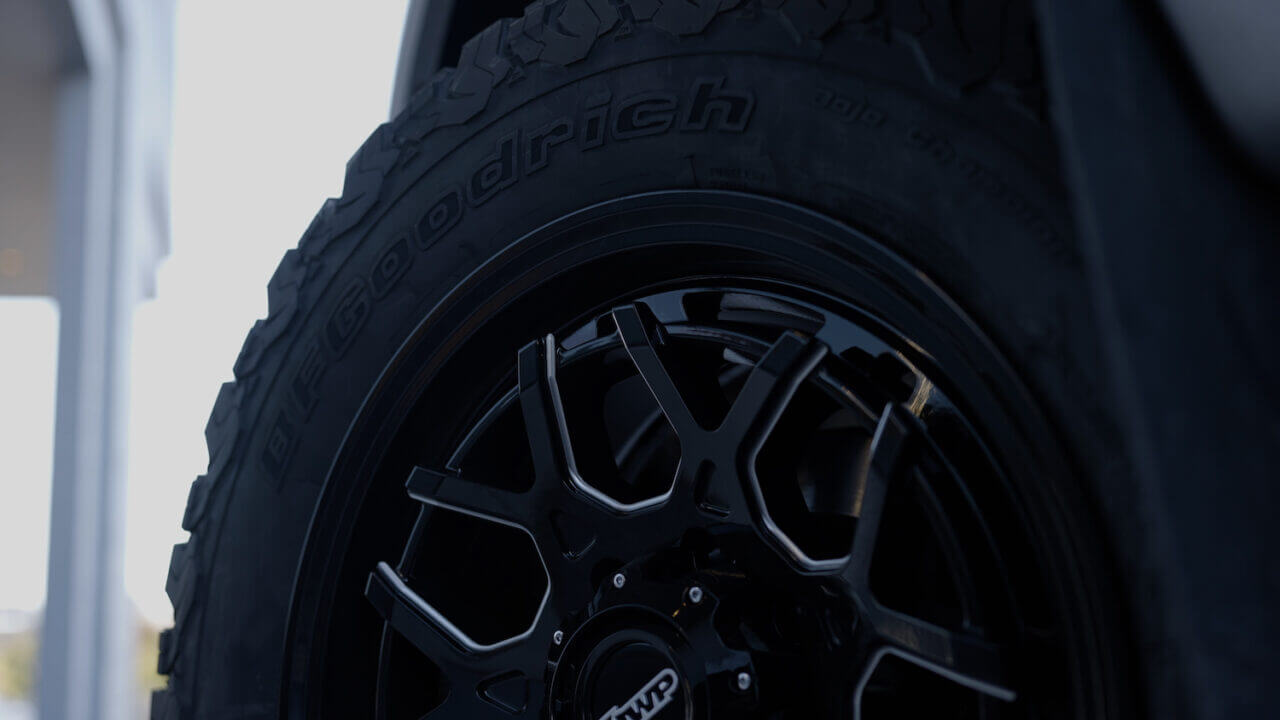
What Are All-Season Tires?
The rubber compound used in an all-season tire will tend to split the difference between the characteristics of a summer and winter tire and is often designed to enhance tread life. What you get is a tire with a harder rubber compound than a winter tire, but with a much deeper tread depth than a typical summer tire. The deeper tread depth is one reason that all-season tires tend to last longer than summer tires.
If you look at a winter tire you will often see a symmetrical pattern in the tread design. One common characteristic of effective all-season tires is a tread pattern that looks like the ’greatest hits’ of tread patterns, with multiple different patterns across the width of the tire. Each tread pattern is designed to help the tire under different conditions, and some components of these tread patterns may include:
- Longitudinal grooves down the center of the tire, interspersed with tread blocks to improve on-center steering feel.
- A wide, flat shoulder patch that improves cornering performance, because when you corner, the tire leans over on the outside of the tire.
- Many all-season tires will include sipes, as seen on winter tires, to improve cold-weather performance.
If you are looking for the best all-season tires for snow, do some research to find out what type of rubber compound is used in your all-season tires. Some automakers have started to create tires that are strong performers not only in the summer, but also in snow and ice conditions, by using softer rubber compounds, while incorporating innovative tread patterns that work well in warm, dry weather.
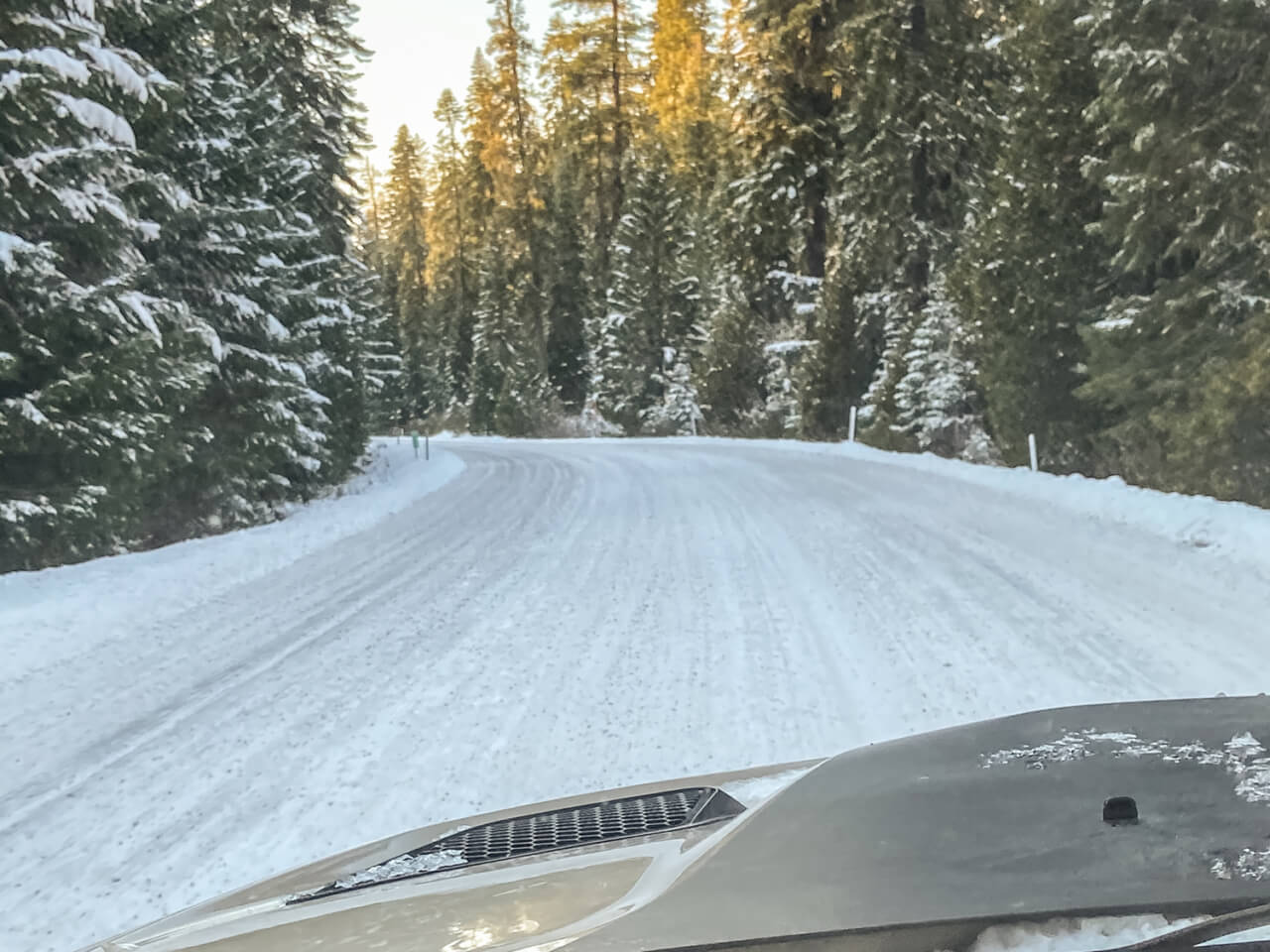
Which Type of Tire is Best in the Snow?
The big question to answer is, “Who comes out on top in the battle of winter tires vs all-season tires”? The answer depends on where you live and the predominant climate that you face over the winter. If you live in a climate that sees a lot of snow and very cold temperatures, down below 0 Fahrenheit, then your best bet is probably a dedicated winter tire, since the rubber compound and tread design will give you the best possible performance in those conditions.
If you live in an environment that only sees the occasional snowfall, you may be able to get by with a good set of all-season tires. One thing to look for in all-season tires that you intend to use in the winter is whether the tread features are full depth, meaning that the sipes are cut all the way through the tread block. A full-depth tread feature will last for the entire lifetime of the tire, so it won’t disappear as the tire wears down, and this will make for consistent performance as the tire ages.
Whether you decide on all-season tires or go with true winter tires, you can find a great selection of both at 4 Wheel Parts.



2